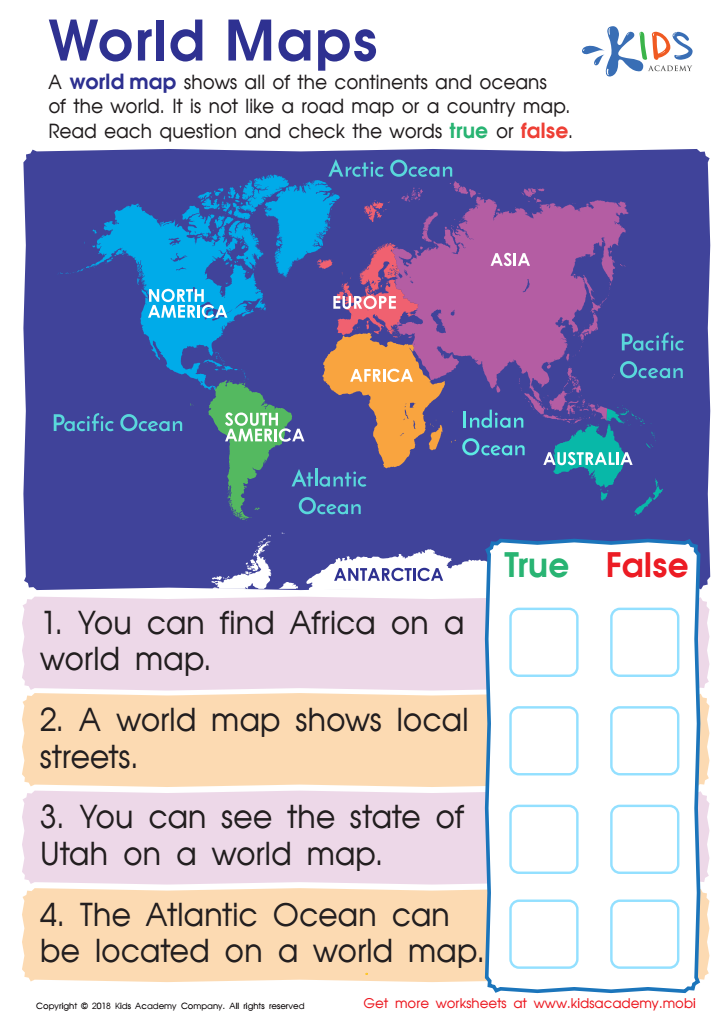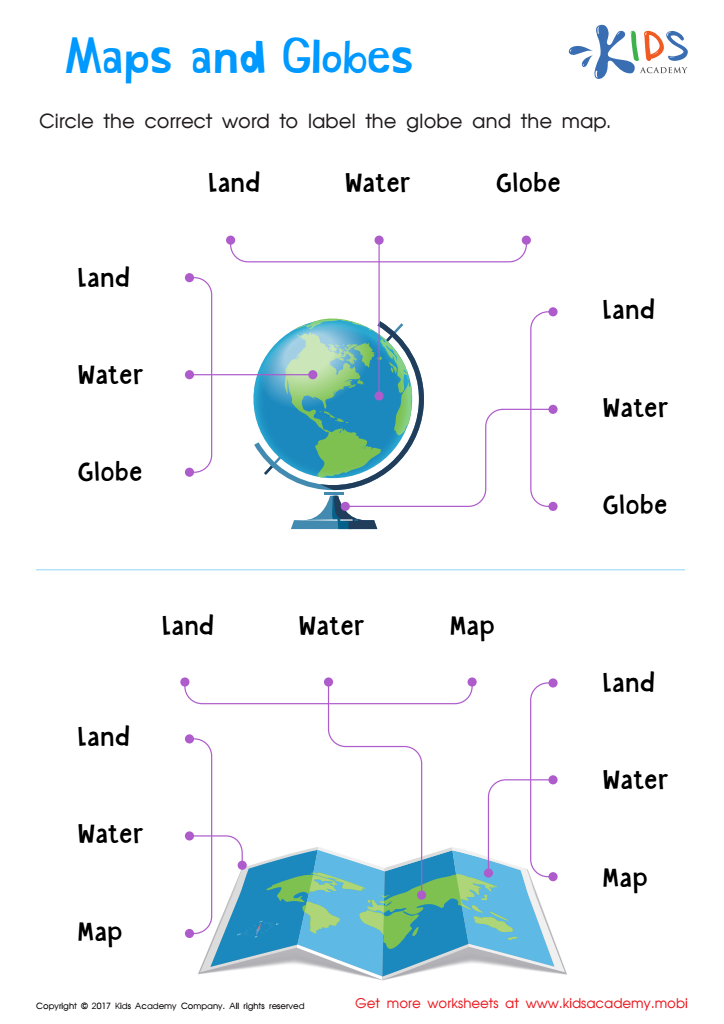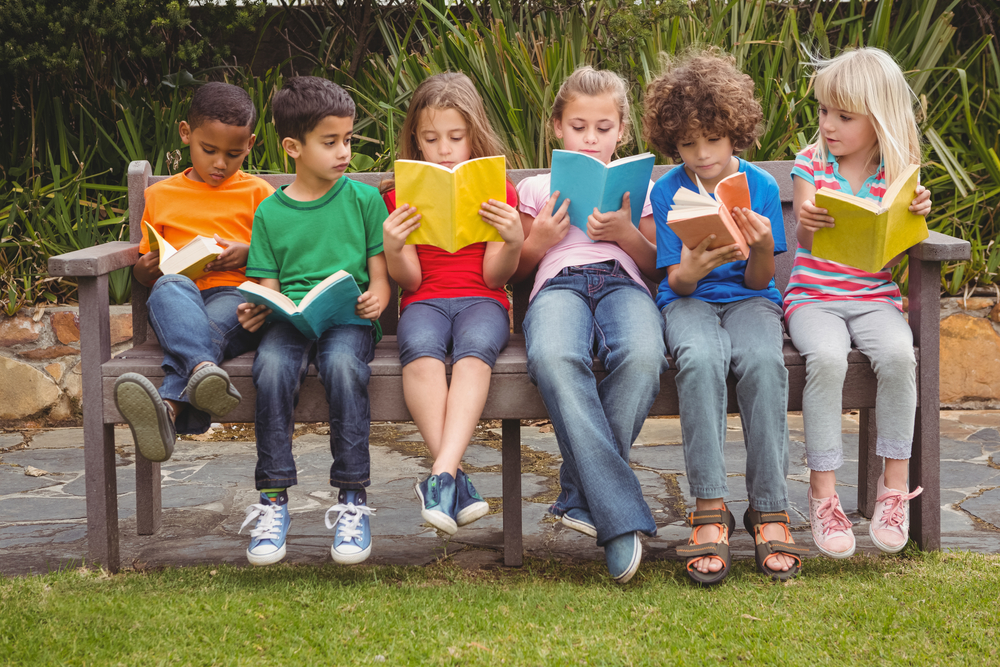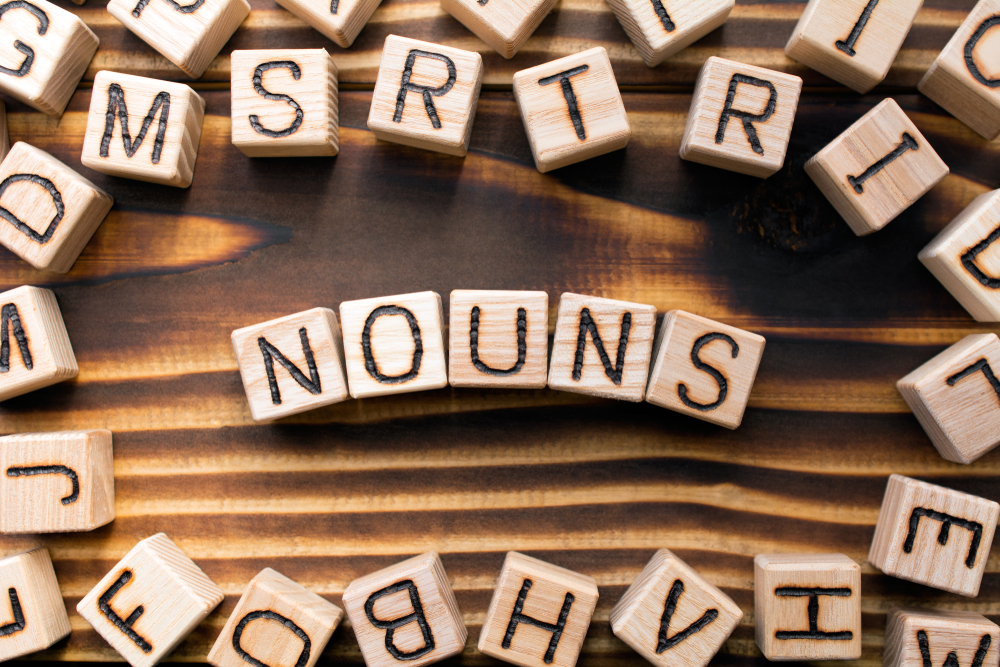Map reading Normal Worksheets for Ages 5-8
3 filtered results
-
From - To
Discover our engaging "Map Reading Normal Worksheets" designed specifically for children ages 5-8! These interactive worksheets help young learners develop essential map reading skills while making learning fun and approachable. With a variety of exercises, kids will explore concepts like directions, symbols, and distances, all tailored to foster their spatial awareness. Our worksheets are perfect for homeschooling, classroom activities, or extracurricular enrichment. Each activity is crafted to inspire curiosity about geography and navigation, ensuring a solid foundation for future learning. Start your child's adventure in map reading today with our colorful and educational resources!


World Maps Worksheet


Intercardinal Directions Worksheet
Map reading skills are vital for children aged 5-8, as they lay the groundwork for spatial awareness and critical thinking. Understanding maps involves recognizing symbols, interpreting scale, and comprehending directions, which are crucial cognitive skills that foster problem-solving abilities. For parents and teachers, ensuring children engage in map reading allows them to develop a sense of independence and confidence in navigating their environment.
Moreover, map reading enhances children's observational skills, helping them make connections between visual representations and real-world locations. As kids learn to read maps, they also uncover principles of geography, such as understanding distances, terrain types, and locations of significant landmarks, enriching their knowledge about the world around them.
In addition, incorporating map reading into lessons or family outings can create engaging learning opportunities and foster dialogues about exploration and geography, encouraging teamwork and collaborative problem-solving. Overall, promoting map reading in early education nurtures essential academic skills and instills a love for learning, making it crucial for parents and teachers to prioritize in children’s early interactions with the world.


 Assign to My Students
Assign to My Students



















